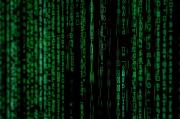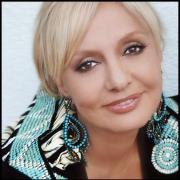Iranian calendars

The Iranian calendars also called Persian calendars (Persian: Taqwime Fārsi Gāhŝomāriye Irāni) are a succession of calendars invented or used for over two millennia in Greater Iran. One of the longest chronological records in human history, the Iranian calendar has been modified time and again during its history to suit administrative, climatic, and religious purposes.
The modern Iranian calendar (Solar Hijri calendar (SH)) is now the official calendar in Iran and Afghanistan. It begins on the vernal equinox as determined by astronomical calculations for the Iran Standard Time meridian (52.5°E or GMT+3.5h). This determination of starting moment is more accurate than the Gregorian calendar as far as predicting the date of the vernal equinox is concerned because it uses astronomical calculation rather than mathematical rules.[1] but requires consulting an astronomical almanac.
Its years are designated AP, short for Anno Persico. The Iranian year usually begins within a day of 21 March of the Gregorian calendar. To find the corresponding year of the Gregorian calendar, add 621 or 622 (depending on the time of the year) to a Solar Hijri year. A short table of year correspondences between the Persian and Gregorian calendars is provided below.
Ancient calendars
Although the earliest evidence of Iranian calendrical traditions is from the second millennium BC, predating the appearance of the Iranian prophet Zoroaster, the first fully preserved calendar is that of the Achaemenids. Throughout recorded history, Persians have been keen on the idea and importance of having a calendar. They were among the first cultures to use a solar calendar and have long favoured a solar over lunar and lunisolar approaches. The sun has always been a symbol in Iranian culture and is closely related to the folklore regarding Cyrus the Great himself.











